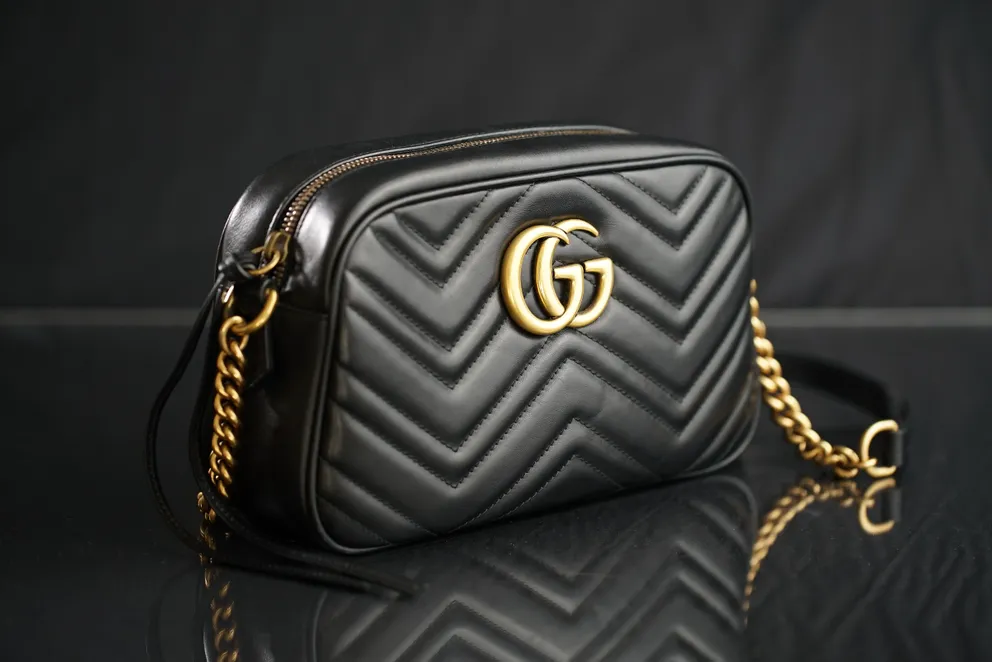Navigating the complexities of family dynamics can be an especially daunting task when in-laws are involved. The story of Sue, who cleverly devises a plan to test her mother-in-law’s character with two vastly different gifts, offers a deep dive into the subtleties and potential tensions of these relationships. This approach, while unconventional, highlights the underlying concerns and expectations that new family members often face, especially when cultural and socioeconomic differences are at play.
Sue’s experience takes place against the backdrop of her mixed marriage with Richard, which brings its own dynamics and challenges. Marrying into a family that comes from a vastly different economic background can heighten feelings of alienation and control, making the desire for acceptance even more urgent. These societal and family pressures often force individuals like Sue to use unique strategies to reveal hidden biases or affirm true acceptance.
I received two Christmas presents from my mother-in-law, one emotional and personal and the other extravagant, in an attempt to discover the true nature of my mother-in-law.
I gave the test to my mother-in-law for Christmas and left the experience both amused and a little confused.
Our story is a mixed-race love story. My husband, Richard, is a white man I met at work, and I am a black woman named Sue. It was one of those situations where you instantly fall in love. To top it off, we decided to get married in secret as we wanted it to be a small private ceremony just the two of us.
However, this is where things start to get interesting. Richard and I come from opposite backgrounds, as most love stories do; I was raised in a low-income area, while Richard’s family is well-to-do and powerful.
This of course meant that I experienced my fair share of discrimination and was treated unfairly as a result. Fortunately, I have now devoted myself well to my profession and am making ridiculous money.
Richard always told me stories about my mother-in-law Diane, but I never got the chance to meet her for our little wedding ceremony. Based on my personal experience, I still wanted to make my own judgment about the lady who raised my husband, so I came up with a quick test.
Richard’s father died before we even met, so I had to deal with the possibility that I would only ever meet her.
I decided to put Diane to the test by getting her two Christmas presents. First, a very sentimental gift, a hand-painted stone with a photo of her cat, and second, an expensive, opulent Gucci handbag.
The original idea was to introduce her to the stone, see how she would react to something personal, meaningful, and exquisite, and then surprise her with a major revelation of something more.
So on Christmas Day we went to her house and gave her the first present while we sat drinking eggnog. She took the beautifully wrapped stone and opened it with an expression of confusion. With a quiet “Thank you,” she quickly placed the stone back in the box.
I mentioned that her favorite animal was painted on the rock and gently asked her if she liked it. “That’s fine, but it doesn’t really go with the house, Sue,” was her reply. Maybe you should download it. To be honest, it seems a little too cheap.’
I smiled at Richard who was obviously aware of the test as I glanced at him over my eggnog.
What about this lovely gift Diane gave me? $20 in movie theater gift cards. I laughed so hard I cried when I took out the card from the thin tissue paper.
At least Richard seems embarrassed by it all.
I sat there for a while, staring at the Christmas tree lights, wondering if I should keep the Gucci bag for myself. However, as the spirit of Christmas washed over me, I realized that despite my lack of gratitude, Diane was now my mother-in-law.
So my hands ended up behind the couch where I had the gift bag hidden. I pulled it out, believing this would be my chance to save Diana’s reputation—even though she wasn’t one to receive sentimental gifts.
Her eyes lit up as she opened the present bag and saw the iconic Gucci emblem. But then she explored every square inch of him.
A loud voice in my mind said, “They’re checking to see if it’s a fake purse,” almost making me laugh.
But then she turned and smiled at Richard who was sitting on the arm of the sofa where I was sitting.
“It wasn’t right to let her get me such an expensive wallet. And most likely your cash too.”
Richard looked into my eyes and widened them. I knew he was shocked by his mother’s actions, especially since I had already bet him that he would respond like this. He looked too many times at the Christmas tree.
“Mom,” he told her firmly. Sue paid for it out of her own pocket. My income is lower than hers. It’s probably time you showed my wife some respect.”
Actually, Richard and I make practically the same amount of money, but I could see that I was right all along, even though he wanted her to appreciate me and accept my apology. While I had hoped that Diane would be less picky than my typical mother-in-law, she turned out to be exactly what I expected.
Richard made it clear to her that she needed to change her behavior. However, it was too late.
Now she has to remember me every time she takes off her new Gucci bag.
All I want to know is where the gauntlet face stone ended up.
How do you perceive the circumstances?
Was Sue’s behavior appropriate at the time?
Read about Christmas payback in another story: I threw a beautiful Thanksgiving dinner, but my mother-in-law couldn’t stand it and ruined everything. She didn’t stop there; she also broke my heart and destroyed my late grandmother’s most precious and sentimental heirloom. At Christmas, I exacted revenge on my angry mother-in-law.
Sue’s approach to understanding her mother-in-law Diane’s character through the double test of gifts at Christmas reveals much about the complexities and challenges inherent in family dynamics, especially those created by marriage. While her method may raise ethical questions about testing someone’s gratitude or materialism, it undeniably sheds light on underlying attitudes and biases that could affect their future relationship.
This episode highlights the often delicate balance between family bonds and personal values. Diana’s lukewarm acceptance of the personal gift and her increased enthusiasm for the luxury item reveal her materialistic tendencies and confirm Sue’s suspicions about her values. Moreover, Diana’s implication that Sue’s generous gift was financed by Richard not only undermined Sue’s financial independence but also showed a lack of respect and acceptance towards her as a new member of the family.
Richard’s intervention marks a critical moment when he supports his wife in maintaining a superficial peace with her mother. This moment highlights the importance of partners standing together to promote respect and equality in their wider family relationships. It also serves as a reminder that financial gestures, no matter how large, cannot always bridge the gap between true family warmth and acceptance.
Ultimately, the Christmas Eve incident serves as a microcosm of the broader challenges that can surface in relationships when external perceptions and materialistic values overshadow actual interpersonal relationships. For Sue, this was a revealing experience, highlighting that her worth in Diana’s eyes may constantly be measured by materialistic standards rather than personal attributes and her relationship with Richard.
This story is a cautionary tale about the pitfalls of placing too much emphasis on first impressions and material gifts as a measure of dignity within family dynamics. It encourages us to think more deeply about the values we value and promote in our families, and about the importance of cultivating relationships based on mutual respect, understanding, and genuine appreciation.





